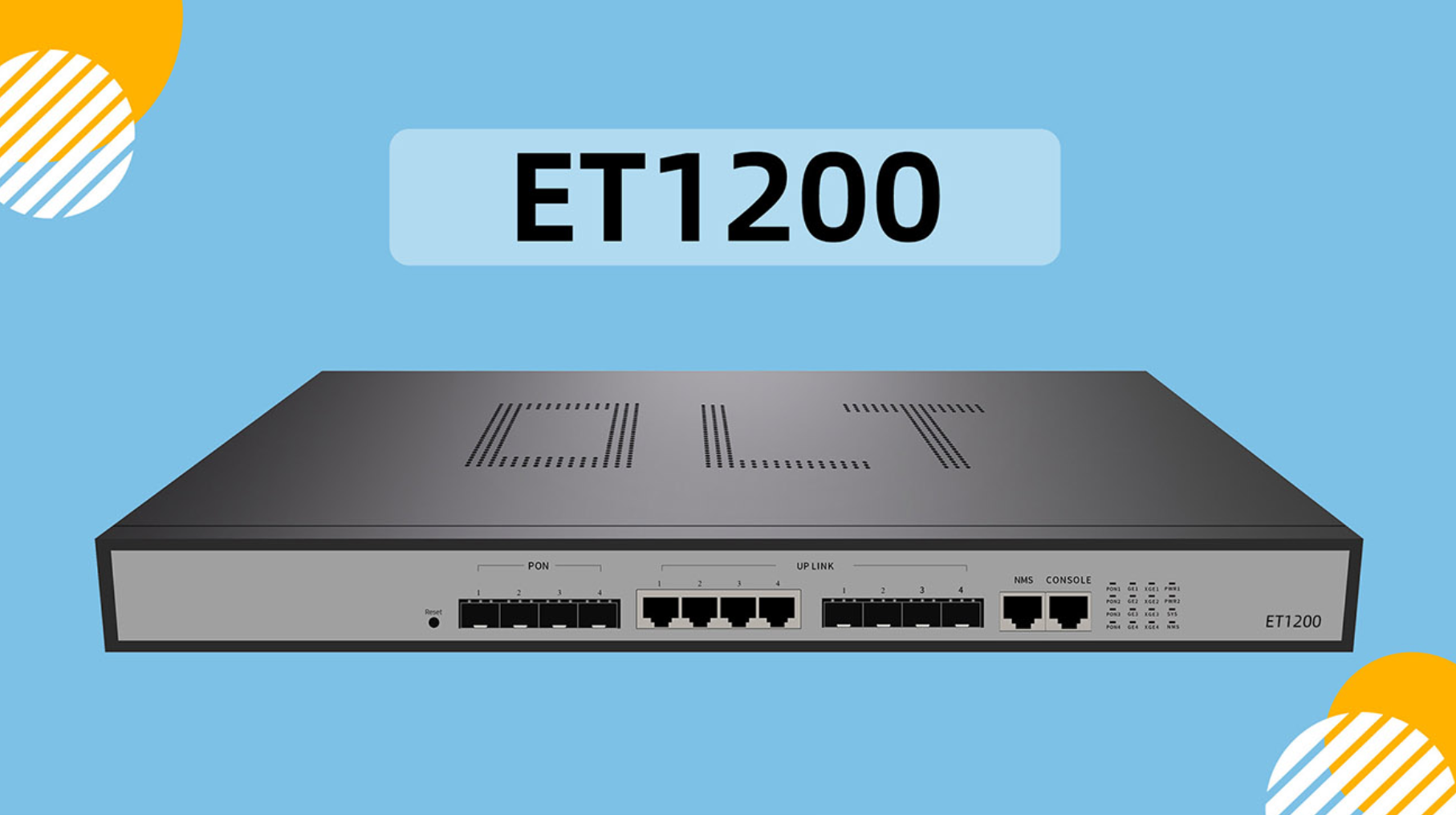
Optical line terminals (OLTs) are a crucial part of passive optical networks (PONs). They are located at the service provider's location and are used to provide connectivity to multiple subscribers through a single fiber optic cable. There are several different types of OLTs available today with differing capabilities.
One of the most common types of OLT is the GPON OLT. GPON stands for Gigabit Passive Optical Network and is an implementation of PON that provides high bandwidth. GPON OLTs can deliver speeds up to 2.5 Gbps downstream and 1.25 Gbps upstream.
GPON uses the ITU-T G.984 standard and provides an efficient way to deliver fiber to residential and business subscribers. The OLT connects to a passive optical splitter which divides the fiber connection to individual optical network terminals (ONTs) at end user premises.
A key benefit of GPON is its efficient use of fiber, enabling service providers to reach more customers. GPON OLTs also support triple play services like voice, video and data over a single fiber optic connection.
An emerging OLT technology is XGS-PON or 10 Gigabit Symmetrical Passive Optical Network. XGS-PON supports 10 Gbps bandwidth both downstream and upstream, providing next generation speeds and capabilities.
XGS-PON uses the ITU-T G.9807.1 standard and can coexist on the same fiber as previous PON technologies like GPON through the use of wavelength division multiplexing. This enables a gradual upgrade from older OLTs to XGS-PON.
The increased bandwidth enables new applications like 8K video, telemedicine and smart city services. XGS-PON OLTs can deliver these services efficiently to residential and business users.
NG-PON2 or Next Generation Passive Optical Network 2 is another developing PON technology designed for high bandwidth and maximum flexibility. Rather than using a single wavelength, NG-PON2 utilizes multiple wavelengths over one fiber allowing up to 40 Gbps capacity.
NG-PON2 OLTs can deliver services over several wavelengths using different modulation techniques tailored to each service. For example, 10 Gbps symmetric business services can be delivered alongside residential asymmetric broadband on the same fiber. This enables greater efficiency and flexibility.
NG-PON2 is based on the ITU-T G.989 standard. A key benefit of NG-PON2 OLTs is backward compatibility with GPON and XGS-PON equipment, simplifying upgrades.
WDM-PON or Wavelength Division Multiplexed Passive Optical Network is another approach that uses multiple wavelengths over a single fiber strand. It is based on the ITU-T G.983 standard.
In a WDM-PON, each subscriber has their own dedicated wavelength going to and from the OLT. WDM-PON OLTs contain multiple transceiver banks, with each transceiver operating on a different color wavelength.
This provides virtually unlimited capacity to each subscriber but requires wavelength specific optics at both ends which can increase costs. WDM-PON OLTs enable symmetrical gigabit services and are highly scalable, though expensive to initially deploy.
More recent OLT models also take advantage of software-defined networking (SDN). SDN provides centralized control and programmability of the network. For OLTs, it enables remote management, monitoring and configuration.
With SDN enabled OLTs, providers gain greater flexibility in deploying and optimizing services. Networks can be programmed based on traffic conditions and service requirements. SDN also facilitates automation of many network functions.
Combining PON technologies like GPON and NG-PON2 with SDN enables high speed services while also allowing dynamic network management. This provides the reliability and agility needed for current and future networking demands.给·